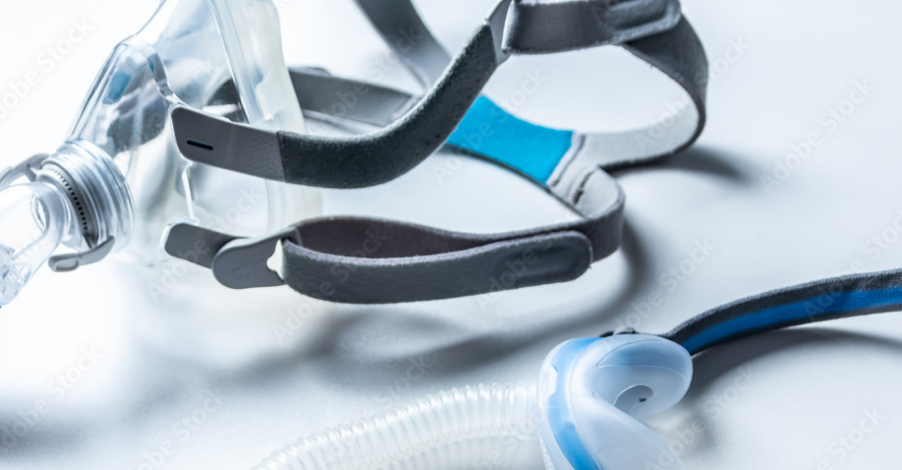
14 Mar Comparing the Efficacy, Mask Leak, Patient Adherence, and Patient Preference of Three Different CPAP Interfaces to Treat Moderate-Severe OSA
Mask choice for patients and CPAP educators is one of the most important aspects of overall CPAP therapy quality and compliance. This study from the Journal of Clinical Sleep Medicine aims to determine if the type of continuous positive airway pressure (CPAP) mask interface influences CPAP treatment efficacy, adherence, side effects, comfort and sleep quality in patients with moderate-severe obstructive sleep apnea (OSA).
This took place in a hospital-based tertiary sleep disorders unit. It is a prospective, randomized, crossover trial comparing three CPAP interfaces: nasal mask (NM), nasal mask plus chinstrap (NM-CS) and oronasal mask (ONM) each tried in random order, for 4 weeks. After each 4-week period, patient outcomes were assessed. Participants had a new diagnosis of obstructive sleep apneas. Forty-eight patients with moderate-severe OSA (32 males, mean ± standard deviation apnea-hypopnea index (AHI) 55.6 ± 21.1 events/h, age 54.9 ± 13.1 years, body mass index 35.8 ± 7.2 kg/m2) were randomized. Thirty-five participants completed the full study, with complete data available for 34 patients.
There was no statistically significant difference in CPAP compliance; however, residual AHI was higher with ONM than NM and NM-CS (residual AHI 7.1 ± 7.7, 4.0 ± 3.1, 4.2 ± 3.7 events/h respectively, main effect P = .001). Patient satisfaction and quality of sleep were higher with the NM and NM-CS than the ONM. Fewer leak and mask fit problems were reported with NM (all chi-square P < .05), which patients preferred over the NM-CS and ONM options (n = 22, 9 and 4 respectively, P = .001).
The CPAP compliance did not differ between the three different mask interfaces but the residual AHI was lower with NM than ONM and patients reported greater mask comfort, better sleep, and overall preference for a NM. A nasal mask with or without chinstrap should be the first choice for patients with OSA referred for CPAP treatment.
CITATION:
Rowland S, Aiyappan V, Hennessy C, Catcheside P, Chai-Coetzer CL, McEvoy RD, Antic NA. Comparing the efficacy, mask leak, patient adherence, and patient preference of three different CPAP interfaces to treat moderate-severe obstructive sleep apnea. J Clin Sleep Med. 2018;14(1):101–108.

